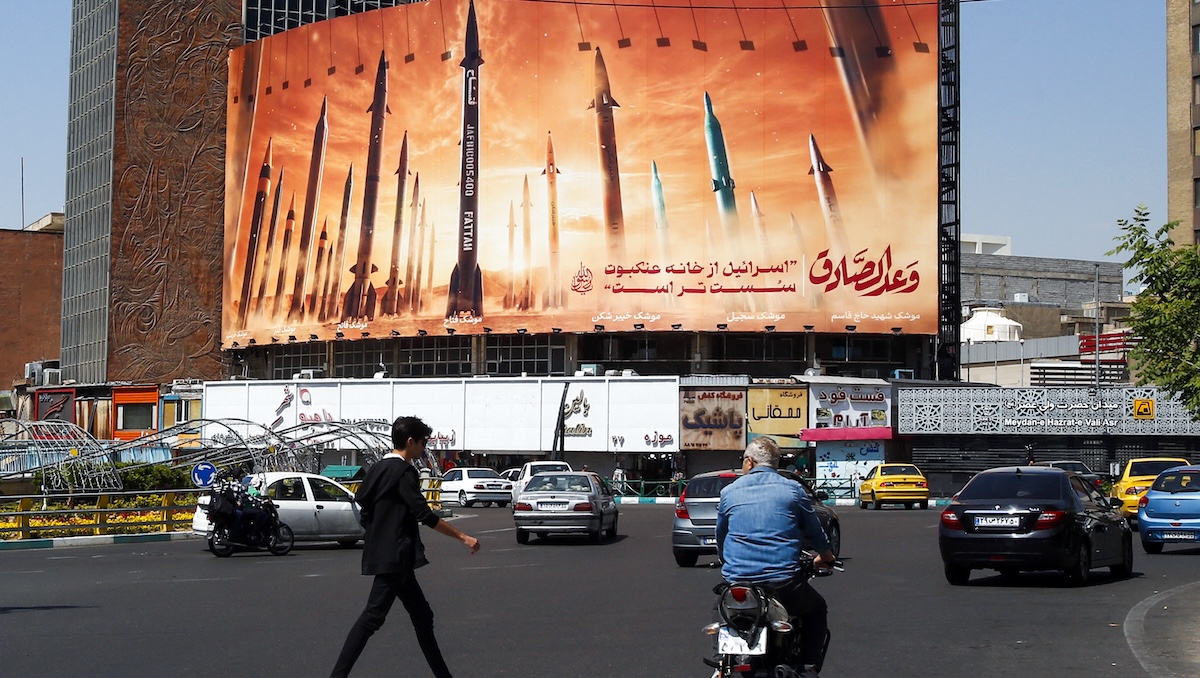A proposal to install a large number of emergency shelter trailers in Skid Row was advanced by the Los Angeles City Council Friday.
Councilman Jose Huizar represents the Skid Row neighborhood, where an estimated 2,000 people sleep on the streets. His motion, approved in an 11-0 vote, directs the city to study installing enough emergency trailers to "meet the need" in the area, and would be a wider application of a similar program underway near the El Pueblo Historical Monument in downtown, where the city is working on a plan to install five trailers to house around 60 people.
"I've always said that for Skid Row we need triage, emergency, immediate shelter assistance," Huizar said. "What we have right now is that the service providers and shelter beds are overwhelmed and we don't have enough, so why not do this triage type emergency approach, which is what we did at El Pueblo."
The proposal does not contain a recommendation for how many beds or trailers would be needed, but Huizar told CNS it could end up being hundreds or more than 1,000 beds, with the goal of cycling people through into more permanent housing.
The plan is one of several major proposals making its way through the City Council seeking to address the homeless problem through increased city services or shelters, which is a shift in the city's approach and financial commitment to the homeless problem, as its largest effort in recent years has focused on encouraging the construction of permanent housing through $1.2 billion in voter-approved bonds under Proposition HHH, which was passed in 2016.
Last month, a few weeks after Huizar introduced his Skid Row motion, Councilmen Mike Bonin and Marqueece Harris-Dawson introduced a motion that would ask the Los Angeles Homeless Services Authority, which coordinates homeless services for Los Angeles County, to provide a framework for an Emergency Response Homeless Plan, outlining what steps and what funds would be required to provide an alternative to homeless encampments for 100 percent of the homeless population by the end of the year. Bonin said he was inspired by Huizar's Skid Row proposal.
Bonin and Harris-Dawson's motion says the city's 2016 Comprehensive Homelessness Strategy resolution -- a $1.85 billion outline for homeless initiatives over a 10-year period -- called for an expansion and "dramatic transformation'' of the region's emergency homeless shelters. But that "has not happened," according to the councilmen.
News
Top news of the day
"In fact, there is scant evidence of any progress, no apparent plan or strategy to make progress, and no evident sense of urgency or attention to any efforts to make progress," according to their motion. "Even though officials have repeatedly declared a 'state of shelter emergency,' there is no institutional or organizational sense of emergency to move thousands of people off the streets immediately, or even in the next several weeks or months."
Huizar has said about $20 million would be needed to get the program up and running as a "back-of-the-envelope" estimate. He also said that funds from Measure H, a county voter-approved sales tax estimated to raise $355 million annually for homeless services, could potentially be used to provide some of the supportive help services. His Skid row proposal would take a larger scale to the plan at the El Pueblo Historical Monument, which would consist of three trailers for beds, one trailer to house administrative workers and case management services, and one hygiene trailer with restrooms, showers and laundry facilities, with a goal of transitioning residents into permanent housing within six months.
The motion on the El Pueblo site indicates it will cost about $2 million to install and operate the trailers for six months, and Huizar said it would be about $1.4 million annually to operate after. He said that the overall rough estimate is about $60 per person per night for the El Pueblo plan, and using those estimates, "I want to do the metrics. About 2,000 people sleep on the street each night. How do we house them and put them in shelters and do a holistic approach."
The El Pueblo and Skid Row proposals came from a task force formed by Mayor Eric Garcetti to brainstorm how to get thousands of unsheltered people off the streets.
Homelessness in the city of Los Angeles jumped by 20 percent in 2017, while the county saw a spike of 23 percent, according to the results of the 2017 Greater Los Angeles Homeless Count.
In the city, the total number of homeless went up to an estimated 34,189 and the county number increased to 57,794.



